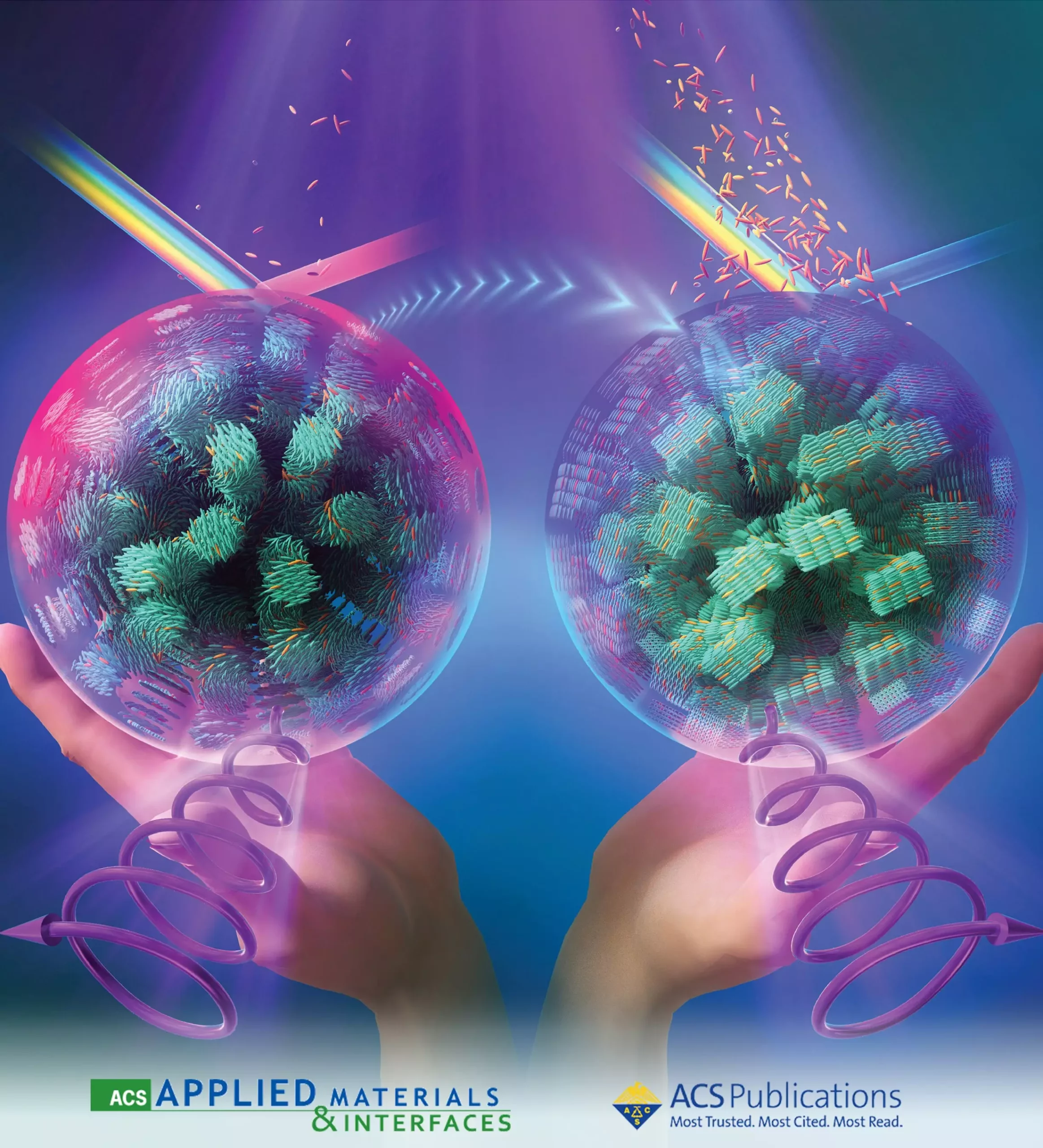In a recent study led by Nagoya University, researchers have unveiled a groundbreaking approach to developing anti-counterfeiting labels for high-value goods. By incorporating fluorescent dyes into cholesteric liquid crystals (CLCs), they have created fluorescent CLCs (FCLCs) that offer unprecedented levels of security. These innovative labels are specifically designed to protect valuable items, important documents, and sensitive products by producing distinct visual patterns that are extremely challenging to replicate without specialized tools and knowledge.
The key to the effectiveness of FCLCs lies in the ability to control the helical structure of the crystals, causing them to twist either to the left or right. This property, known as chirality, influences how the crystals reflect light, resulting in a specific “light signature.” Under normal lighting conditions, FCLCs appear as solid colors without any visible information. However, when viewed through a circular polarizer, hidden features are revealed, serving as a primary security layer.
Additionally, FCLCs can be engineered to respond only to ultraviolet light, providing a secondary verification method. This dual-layer security system, which requires both left circularly polarized light and ultraviolet light for decoding, significantly enhances the protection offered by traditional CLC-based anti-counterfeiting tags. Professor Yukikazu Takeoka from Nagoya University emphasized the importance of this dual-verification system in safeguarding against counterfeiters.
The iridescent colors of FCLCs can shift depending on the concentration of chiral dopant and the polarization of the light source, adding another layer of complexity for counterfeiters. By fine-tuning the material to reverse the direction of circular polarization, researchers have enabled FCLCs to reflect right-handed circularly polarized light while absorbing left-handed circularly polarized light. This intricate manipulation of light properties further complicates any attempts to counterfeit the labels.
The development of FCLC particles with both circularly polarized structural color and circularly polarized luminescence represents a significant advancement in the field of anti-counterfeiting technology. This innovative approach has the potential to revolutionize the security measures used to protect high-value goods and sensitive products from forgery. The evolution of FCLCs may lead to the inclusion of additional security features, such as QR codes visible only under polarized light or passwords revealed under UV light.
With these remarkable advancements in security technology, FCLCs are poised to become an essential component of anti-counterfeiting protocols across various industries. The unparalleled defense against counterfeiters offered by FCLCs ensures the integrity and authenticity of high-value products. As member of the research team, Jialei He, noted, the dual-verification system provided by FCLCs offers two layers of protection, with structural colors visible under polarized light and fluorescent emissions visible under UV light.
The development of FCLCs has opened up new possibilities in the fight against counterfeiting. As technology continues to evolve, the integration of FCLCs into security protocols promises to raise the bar for safeguarding valuable goods and sensitive products. The future of anti-counterfeiting labels is bright with these innovative and sophisticated security features.


Leave a Reply